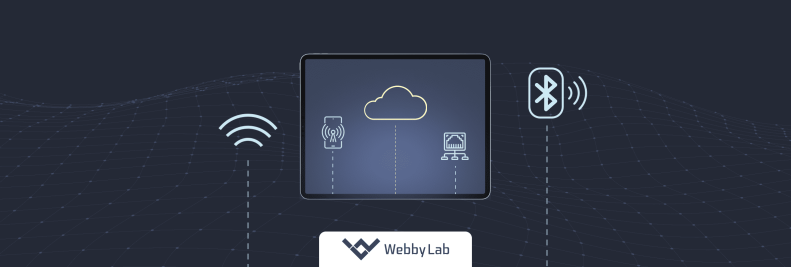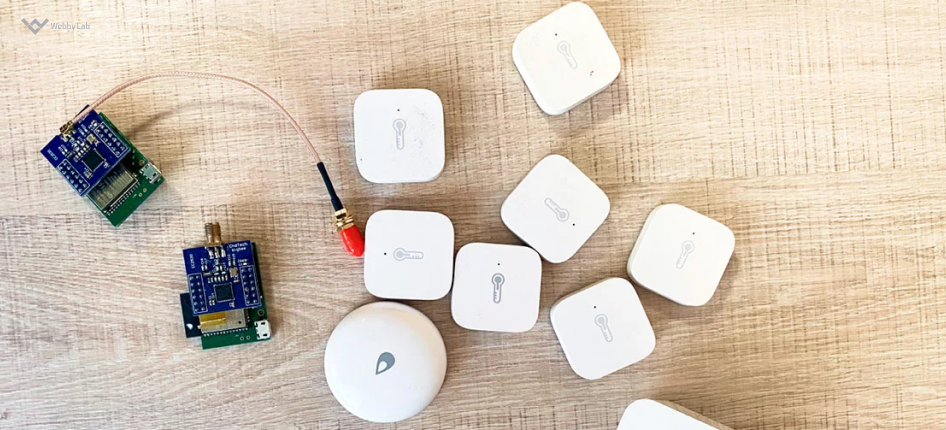Top 6 IoT Connectivity Technologies: Benefits and Use Cases
Written by:

Kostiantyn Oliynyk
Head of IoT at Webbylab
With a robust academic background in Telecommunication Systems Engineering, I apply my knowledge to lead innovations in the IoT domain. Starting as the first team member in the newly formed IoT department at WebbyLab, I've spearheaded its growth, fostering the expansion into embedded and hardware development alongside our core software projects. My dedication lies in pushing the boundaries of IoT technology, fostering a culture of innovation and excellence that profoundly impacts our clients' operational success.
Yes, you can. By combining several IoT connectivity technologies, you allow your devices to adapt to various circumstances. Owing to that, you enhance your system’s reliability and ensure its flexibility.
Yes, you may face certain security considerations in the IoT. These typically include authentication, encryption, and protection measures against data leaks and unauthorized access. Plus, don’t forget to consider the built-in security features that go with your chosen connectivity technology.
Consider your deployment location, power requirements, and data transfer speed. Wired connections like Ethernet offer reliability and high bandwidth, while wireless options like LoRaWAN excel in long-range communication and low power consumption.
Ensuring smooth transitions between connectivity techs in a hybrid network requires proper network design and protocol compatibility. WebbyLab experts usually leverage gateway devices or create custom bridges to minimize disruptions in the data flow.
Upgrading or changing the IoT connectivity technology post-deployment can be challenging. It’s because it involves replacing hardware and adjusting your existing infrastructure. Yet, it’s possible to switch with careful planning in place.






